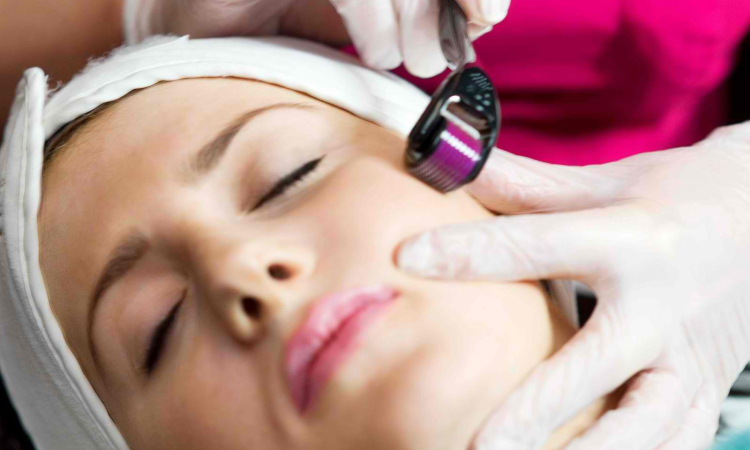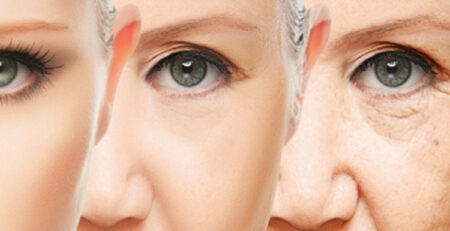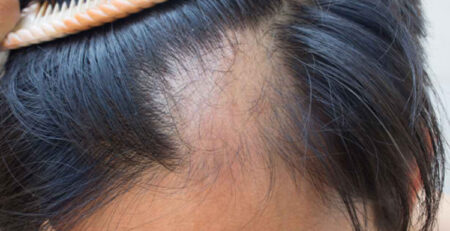Using Derma rollers for Melasma, Atopic Facial Scars and Acne? Do’s and Don’ts of Sun and Light Exposure and How to Avoid Skin Pigmentation?
Are you planning to use derma rollers or you are already using one? How will you deal with sun and light exposure? Will there be a risk of skin pigmentation? What if you have a skin condition like acne, facial scars or melasma is there any dos and don’ts that you need to know beforehand?
If you are asking these questions, probably you may have missed out your doctor’s advice. Here you will learn the answers to these questions so you will avoid any adverse effects on your skin.
Why You Should Avoid Light and Sun exposure?
Patients who had a derma roller therapy are usually advice to avoid the sun for at least one week after their derma roller treatment. This is to prevent any post-term sequelae that may be associated with sun and or light exposure. The possible adverse effects noted is skin hyperpigmentation which is commonly observed among dark-skinned individuals.
Dos and Don’ts in Using Derma Rollers
To avoid any adverse effects when using derma rollers, make sure that you follow your doctor’s advice very carefully. If you are using a home-care derma roller treatment, you should read the labels and used it properly to avoid any harm or damage to your skin.
The proper use of derma rollers depends on your skin condition and the extent of skin damage. Make sure that before using any product, you seek advice first with your physician so you can be properly guided.
The doctor’s advice is very important particularly if you are suffering from a skin condition like melasma, atophic facial scarring, acne and so on. This is because for every skin condition, there is particular transepidermal drug used to deliver the therapeutic molecules on the affected areas.
Using Derma rollers with Melasma
Melasma is a common skin condition among Asian population. It is a pigmentary skin disorder which is characterized by symmetrically distributed dark brown and medium sized macules, with well-defined geographic-like borders. It usually affects sun exposed areas like the forehead, temples, cheeks, and the upper lip.
The possible cause of Melasma is not yet known but there are several possible culprits like pregnancy, radiation, cosmetics, contraceptive pills, anti-seizure medications, hormone-replacement therapy and UV light or sun exposure.
Recent clinical trials have shown a promising treatment of melasma using tranexamic acid through transepidermal delivery of the drug using microneedling or through derma rollers. Microneedle technology is used to offer a minimally invasive procedure that provides a painless route of drug delivery. It works by opening a channel through the skin that allows the delivery of wide range of therapeutic molecules like protein.
This channel is usually not open considering that the skin is an intact organ.
Microneedling through the use of derma rollers is a safe and effective therapeutic modality for treating melasma. More so, the treatment per se is readily available and the price is also very affordable. The procedure can be done through the doctor’s office so you can get a quick and efficient result.
The best thing about derma rollers is that there are no any significant effects noted apart from having burning sensation, erythema, itching and mild discomfort. The symptoms usually lasted for 1 to 2 days for most of the patients. Doctors usually advice to avoid the potential triggers of melasma like sun exposure, use of any medication that induces melasma and so on.
Derma Rollers for Atophic Facial Scars
Derma Roller Therapy or Microneedling is now offered for patients with atophic facial scars. This new treatment is now a great addition to the various therapeutic means used to deal with this condition. Derma rollers offer an effective and simple management for these scars.
Atophic facial scars are difficult to treat more so, if the scars are deep-seated. Most of the treatment available for this condition has some limitations. For example, dermabrasion or laser resurfacing is one of the effective treatments for facial scars but it is associated with interference in the patient’s daily activities and it has also an associated morbidity.
Unlike in derma rollers, there is no any significant morbidity or limitations associated with this treatment.
Patients who had this treatment are advice to take topical antibiotics for two to three days and avoid sun exposure for at least a week after their dermarolling treatment. This is to avoid any post-inflammatory hyperpigmentation and temporary erythema. Other than the recorded side effects, no other side effects noted that can cause potential interference on the patient’s daily activities immediately after the post-treatment period.
As a matter of fact, patients are able to attend to their duties the following day after the derma roller treatment.
Derma Rollers for Acne Scars
Having acne scars can be a cause of low-self esteem. It can be both disfiguring in physical as well as psychological aspect. Atophic acne is a dermal depression which is caused by the destruction of collagen after having inflammatory acne.
Microneedling with derma rollers has been used as one of the treatment modalities for acne scars for the last two decades. This procedure is one of the most accepted and used by dermatologist because it is simple to use and relatively cheap. This newer technique is clinically efficient in removing acne scars without causing any damage to the epidermis.
Similar with the other skin conditions, a few number of patient reported skin hyperpigmentation and scarring as side-effects. Thus, physician advice patients to have a strict sun protection together with re-epithelizing agents like sodium hyaluronate, cyclohexasiloxone, and cyclopentasiloxane. Some patients also reported post-procedure pain which can easily be managed with NSAIDs or non steroidal anti-inflammatory drugs for two to 5 days.
Tips on how to take care of your skin after a dermarolling treatment
After the microneedling treatment with derma rollers, doctors usually advice patient to:
- Take antibiotic and other drugs that would help relieve the itchiness, burning sensation, mild discomfort, and temporary erythema.
- Avoid sun exposure for at least 1 week to avoid post-inflammatory hyperpigmentation.
- Avoid certain triggers like medications, radiation, contraceptive pills and so on.
Doctors also advice patients to seek medical consult if they observed any adverse event.
Light and sun exposure can cause damage to your skin. It can cause hyperpigmentation, wrinkling of the skin, and other side effects. Thus, it is important that you take care of your skin by using sun protection products especially if you have any outdoor activities.
If you had a skin treatment, it is always a standard procedure to keep yourself away from the sun first, while your skin is rejuvenating and or healing from the treatment. In this way, you can give your skin time to heal it so it can become healthier.
Bibliography
Byalekere Shivanna Chandrashekar, Rashmi Sriram, Rajdeep Mysore, Sapnashree Bhaskar, and Abhishek Shetty. (2014). Evaluation of Microneedling Fractional Radiofrequency Device for Treatment of Acne Scars. J Cutan Aesthet Surg. , 93–97.
Dogra S, Yadav S, Sarangal R. (2014). Microneedling for acne scars in Asian skin type: an effective low cost treatment modality. J Cosmet Dermatol. , 180-7.
Leelavathy Budamakuntla, Eswari Loganathan, Deepak Hurkudli Suresh, Sharavana Shanmugam, Shwetha Suryanarayan, Aparna Dongare, Lakshmi Dammaningala Venkataramiah, and Namitha Prabhu. (2013). A Randomised, Open-label, Comparative Study of Tranexamic Acid Microinjections and Tranexamic Acid with Microneedling in Patients with Melasma. J Cutan Aesthet Surg. , 139–143.
Majid, I. (2009). Microneedling Therapy in Atrophic Facial Scars: An Objective Assessment. J Cutan Aesthet Surg. , 26–30.














